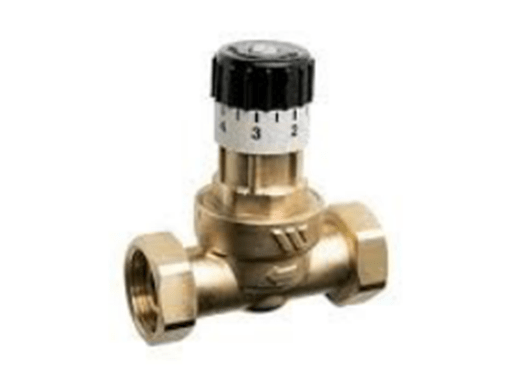Overflow valve is to prevent system overload and ensure safety. The pressure relief valve reduces the system pressure on the premise that the system is not overloaded. It can be said that the overflow valve works passively, while the pressure reducing valve works actively.
1. Functions of Overflow Valve and Pressure Relief Valve

Figure 1: Overflow valve (left) and pressure relief valve (right).
The overflow valve is a pressure control valve, which mainly controls the system pressure and also plays the role of unloading.
The pressure reducing valve is a pressure regulating valve that makes the outlet pressure of the valve lower than the inlet pressure.
2. Difference between Relief Valve and Pressure Relief Valve
1. The pressure relief valve is mainly used to reduce the pressure of a branch oil circuit of the hydraulic system, so that the branch pressure is lower and stable than the pressure of the main oil circuit. Within the range of the set pressure, the pressure reducing valve is also closed like the overflow valve. However, as the system pressure increases, when it reaches the pressure set by the pressure reducing valve, the pressure reducing valve opens, and part of the oil will return to the oil tank through it (at this time, the oil with a certain pressure will return to the oil tank, and the oil temperature in the oil tank will rise). The oil pressure in this branch will not rise. It plays a role in reducing and stabilizing the pressure of this branch.

Figure 2: Overflow valve CP2.2.
The overflow valve is different. It is installed at the outlet of the pump to ensure that the overall pressure of the system is stable without over-pressure. So it has the functions of safety, voltage regulation, voltage stabilization, etc.
2. The overflow valve is generally connected in parallel in the branch of the system to regulate, stabilize and reduce the pressure, while the pressure relief valve is generally connected in series in a branch to reduce and maintain the pressure of the branch.
3. The overflow valve is normally closed and only acts when the system is over-pressured; The pressure relief valve is normally open and depressurizes through a narrow channel.

Figure 3: Pressure relief valve USV16L.
4. The overflow valve is used for pressure stabilization, overflow and overload protection. The function of the pressure relief valve is to reduce the pressure, and the pressure in a part of the hydraulic system is reduced.
5. The overflow valve controls the oil inlet pressure, and the pressure relief valve controls the oil outlet pressure.
Related Info
What is A Overflow ValveTroubleshooting of Overflow Valves
How to Select Overflow Valve
Selection and Use of Hydraulic Motor


